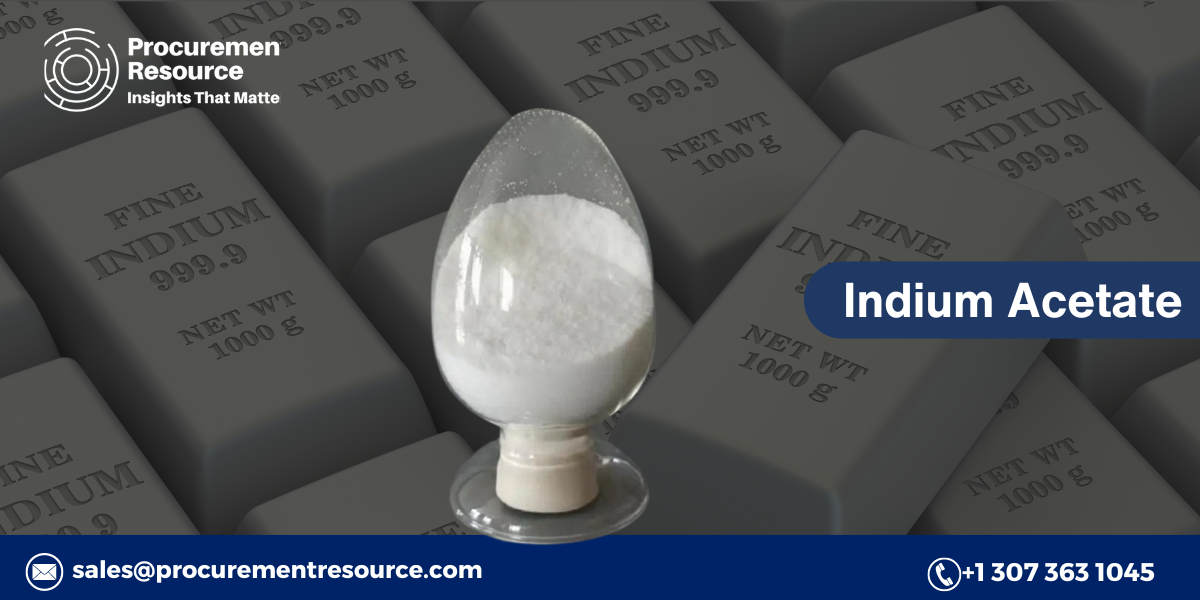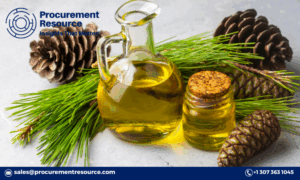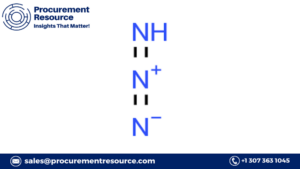
Indium Acetate Production Cost Analysis
Indium acetate production cost analysis involves several steps, each contributing to the overall cost. Factors influencing production costs include raw materials, processing, labor, equipment, and regulatory compliance. This article will explore these components and provide insights into potential cost optimization strategies.
Key Components of Indium Acetate Production Cost
1. Raw Material Costs
- Indium Metal:
- Indium metal, which is the primary raw material for indium acetate production, is typically sourced from by-products of zinc refining. The availability and cost of indium can fluctuate significantly based on demand in other industries, such as electronics and photovoltaic (solar panel) manufacturing, where indium is used in products like indium tin oxide (ITO) and CIGS (copper indium gallium selenide) solar cells.
- Indium prices are subject to market volatility, influenced by mining output, geopolitical factors, and competing demand from high-tech industries. Securing a reliable supply of indium and establishing long-term supplier agreements can help control costs.
- Acetic Acid:
- Acetic acid is used to react with indium metal to produce indium acetate. The cost of acetic acid is influenced by the global prices of petrochemical feedstocks and the supply-demand dynamics in the chemical industry.
- To reduce expenses, some manufacturers may purchase acetic acid in bulk or opt for alternative suppliers. However, maintaining a consistent quality of acetic acid is essential to ensure the purity of the final product.
2. Processing and Synthesis Costs
- Chemical Reaction and Synthesis:
- The production of indium acetate involves dissolving indium metal in acetic acid under controlled conditions. This reaction can be relatively slow and requires precise temperature and pH control to maximize yield and minimize by-products.
- The cost of synthesis is influenced by factors such as energy consumption for heating or cooling, reaction time, and the cost of chemical reagents. By optimizing reaction conditions and using high-quality equipment, manufacturers can improve efficiency and reduce processing costs.
- Purification and Filtration:
- After synthesis, the crude indium acetate solution often requires purification to remove impurities and ensure high product quality. This process may involve filtration, recrystallization, and other purification techniques, each of which adds to production costs.
- Filtration equipment, such as vacuum filters and centrifuges, is used to separate the desired compound from by-products. These machines require regular maintenance and cleaning, which contribute to overall production expenses.
- Drying and Powdering:
- Once purified, indium acetate is typically dried to remove any remaining solvent. The drying process may involve rotary evaporators or vacuum ovens to ensure complete solvent removal. The resulting solid may then be milled or powdered to achieve a specific particle size.
- Drying and milling equipment consumes significant energy, and regular maintenance is necessary to maintain consistent production quality. Efficient drying methods can help reduce energy consumption and lower costs.
3. Labor Costs
- Skilled Technicians:
- The production of indium acetate requires skilled labor to monitor the synthesis process, operate equipment, and perform quality control. Experienced technicians are needed to ensure the reaction proceeds smoothly and the final product meets purity specifications.
- Labor costs vary depending on the facility location, local wage rates, and the level of automation used in production. Investing in automation can reduce labor costs over time, although it requires initial capital expenditure.
- Quality Control Staff:
- Quality control (QC) is essential for verifying the purity and composition of indium acetate. QC staff conduct tests such as titration, spectroscopy, and chromatography to confirm the product meets the required standards. These tests involve labor, reagents, and specialized equipment, all of which contribute to labor costs.
- Regular training for QC staff ensures they remain proficient with the latest testing protocols and equipment, which can help improve efficiency and maintain high standards.
4. Equipment and Maintenance Costs
- Reaction Vessels and Reactors:
- The production of indium acetate requires specialized reaction vessels capable of handling corrosive chemicals like acetic acid. Stainless steel or glass-lined reactors are typically used to avoid contamination and maintain chemical compatibility.
- Maintenance costs for reactors include regular inspection, cleaning, and replacement of worn components. Preventive maintenance helps prevent costly breakdowns and ensures consistent production quality.
- Filtration and Purification Equipment:
- Filtration and purification systems, such as centrifuges and rotary evaporators, are crucial for isolating indium acetate from reaction by-products. These machines are often subject to wear and tear and require regular maintenance to function effectively.
- By investing in high-quality filtration systems and implementing a routine maintenance schedule, manufacturers can minimize downtime and maintain product consistency, although this requires ongoing maintenance costs.
- Analytical Equipment:
- Quality control relies on analytical instruments, including titrators, spectrometers, and HPLC systems. These machines require regular calibration, servicing, and occasionally upgrading to ensure accurate results.
- Analytical equipment is a significant investment, but it is essential for meeting stringent purity and composition standards. Routine maintenance, calibration, and occasional part replacements contribute to the overall cost of production.
5. Regulatory Compliance Costs
- Health and Safety Compliance:
- Facilities producing indium acetate must comply with health and safety regulations, as the production process involves handling corrosive chemicals and toxic substances. Compliance requires investment in personal protective equipment (PPE), safety training, and regular inspections.
- Compliance costs include the initial setup of safety equipment, ongoing training programs for employees, and routine safety audits. These measures are necessary to protect workers and meet legal requirements.
- Environmental Compliance:
- The production of indium acetate generates chemical waste and emissions, which are subject to environmental regulations. Manufacturers must manage waste disposal and emissions to comply with regulations, which may involve the use of scrubbers, filtration systems, and wastewater treatment facilities.
- Environmental compliance costs vary based on the facility location, the specific regulatory requirements, and the volume of waste generated. Companies may invest in on-site waste treatment systems or use external disposal services, both of which add to production costs.
Environmental and Waste Management Costs
1. Waste Disposal and Treatment
- The production of indium acetate generates waste materials, including spent acids, solvents, and by-products. Proper disposal is essential to minimize environmental impact and meet regulatory requirements. Facilities may use on-site treatment systems or contract with hazardous waste disposal services.
- Waste disposal costs depend on the type and volume of waste generated, local disposal fees, and regulatory requirements. Implementing waste reduction and recycling programs can help control disposal costs while supporting environmental sustainability.
2. Emission Control
- Emissions from indium acetate production, particularly from acetic acid vapors, may require control systems to capture and treat airborne pollutants. Filtration and scrubber systems help minimize emissions and comply with air quality standards.
- Emission control costs include installation, maintenance, and operation of these systems. Companies may also face periodic environmental audits to ensure compliance, which adds to operational expenses.
Strategies for Optimizing Indium Acetate Production Costs
1. Process Optimization
- By improving reaction conditions, such as temperature and pH control, manufacturers can increase yield and reduce the amount of raw materials needed. Optimizing the reaction process can minimize energy use, reduce waste, and improve overall efficiency.
2. Investing in Automation
- Automation reduces labor costs and increases production consistency. Automated systems can monitor reaction parameters, control equipment, and streamline quality control procedures. Although initial investment in automation is high, it reduces long-term labor costs and improves production reliability.
3. Bulk Purchasing and Supplier Negotiations
- Establishing long-term agreements with suppliers and purchasing raw materials in bulk can help reduce costs. Bulk purchasing of indium metal and acetic acid provides economies of scale, while strong supplier relationships help stabilize prices.
4. Waste Reduction and Recycling Programs
- Implementing recycling systems, such as solvent recovery, can reduce waste disposal costs. Recycling acetic acid and other reagents for reuse in production helps reduce raw material expenses and minimizes environmental impact.






